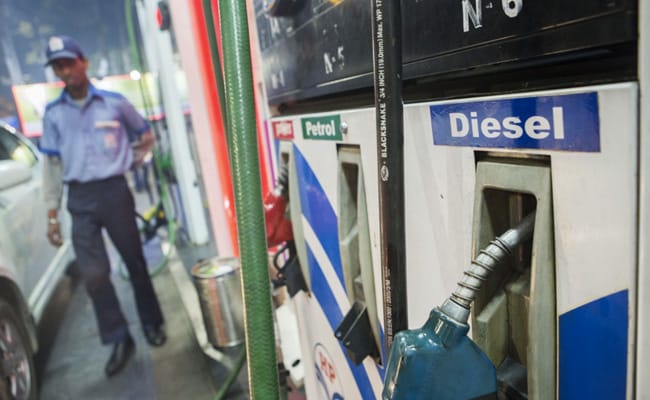Oil prices hit a 10-month high of nearly USD 90 per barrel
Oil prices hit a 10-month high of nearly USD 90 per barrel as Saudi Arabia and Russia extended their voluntary production and export cuts until the end of the year.
For a nation that is more than 85 per cent dependent on imports for its oil needs, the surge in prices means India will have to shell out more and the prospect of returning to market-driven petrol and diesel prices in the near future diminished further.
Brent crude prices surged around 6.5 per cent over the past week after Saudi Arabia, which leads the expanded OPEC cartel with Russia, decided to keep its one million barrels a day reduction in supplies to the global market until the end of December.
Russia has added its own voluntary export cuts in recent months.
The move has led to Brent rising above USD 90 a barrel for the first time this year on Tuesday. On Wednesday, it was trading at USD 89.67 per barrel.
The basket of crude oil that India imports has averaged USD 89.81 per barrel this month, up from USD 86.43 in August, according to oil ministry data.
The Indian basket was hovering in the range of USD 73-75 per barrel in May and June, rekindling hopes for a return to market-based pricing and a reduction in petrol and diesel prices.
But rates spurt to USD 80.37 per barrel in July and now to near USD 90.
"Public sector oil companies had been recouping losses they incurred for holding rates when crude oil prices shot through the roof last year. In May, international oil prices and retail pump rates had come at par.
"But now with the prices rising, the difference between cost and retail prices will reappear," an industry official said.
India imports 85 per cent of its oil needs and its fuel pricing is indexed to international rates.
Petrol and diesel prices have been on a freeze for a record 17 months in a row. Petrol costs Rs 96.72 per litre in the national capital and diesel comes for Rs 89.62 a litre.
State-owned fuel retailers are supposed to revise petrol and diesel prices daily based on a 15-day rolling average of benchmark international fuel prices but they haven't done that since April 6, 2022.
Prices were last changed on May 22 when the government cut excise duty to give relief to consumers from a spike in retail rates that followed a surge in international oil prices.
Sources said if international oil prices had stayed around USD 73-74 a barrel range, oil companies would have re-started daily price revision.
Higher prices would mean domestic producers like the Oil and Natural Gas Corporation (ONGC) get a higher price. However, the incremental revenues are likely to be ploughed by the government in the form of a windfall profit tax.
The tax, levied in the form of Special Additional Excise Duty (SAED), on domestically produced crude oil was reduced to Rs 6,700 per tonne starting September 2, from Rs 7,100 a tonne previously.
A windfall tax is levied on domestic crude oil if rates of the global benchmark rise above USD 75 per barrel.
Crude oil pumped out of the ground and from below the seabed is refined and converted into fuels like petrol, diesel and aviation turbine fuel.
(Except for the headline, this story has not been edited by NDTV staff and is published from a syndicated feed.)






Leave a Reply